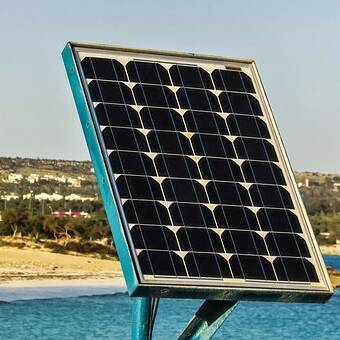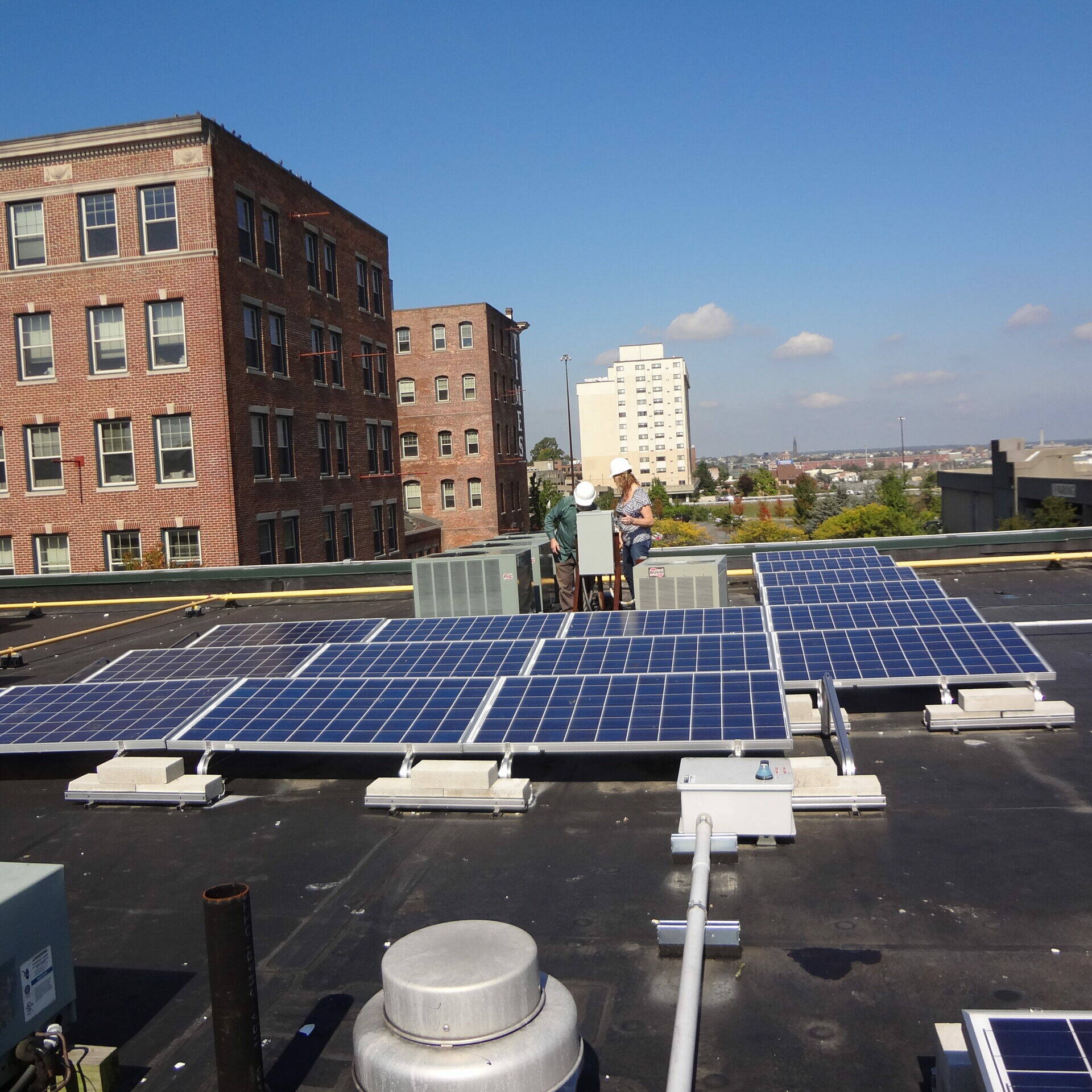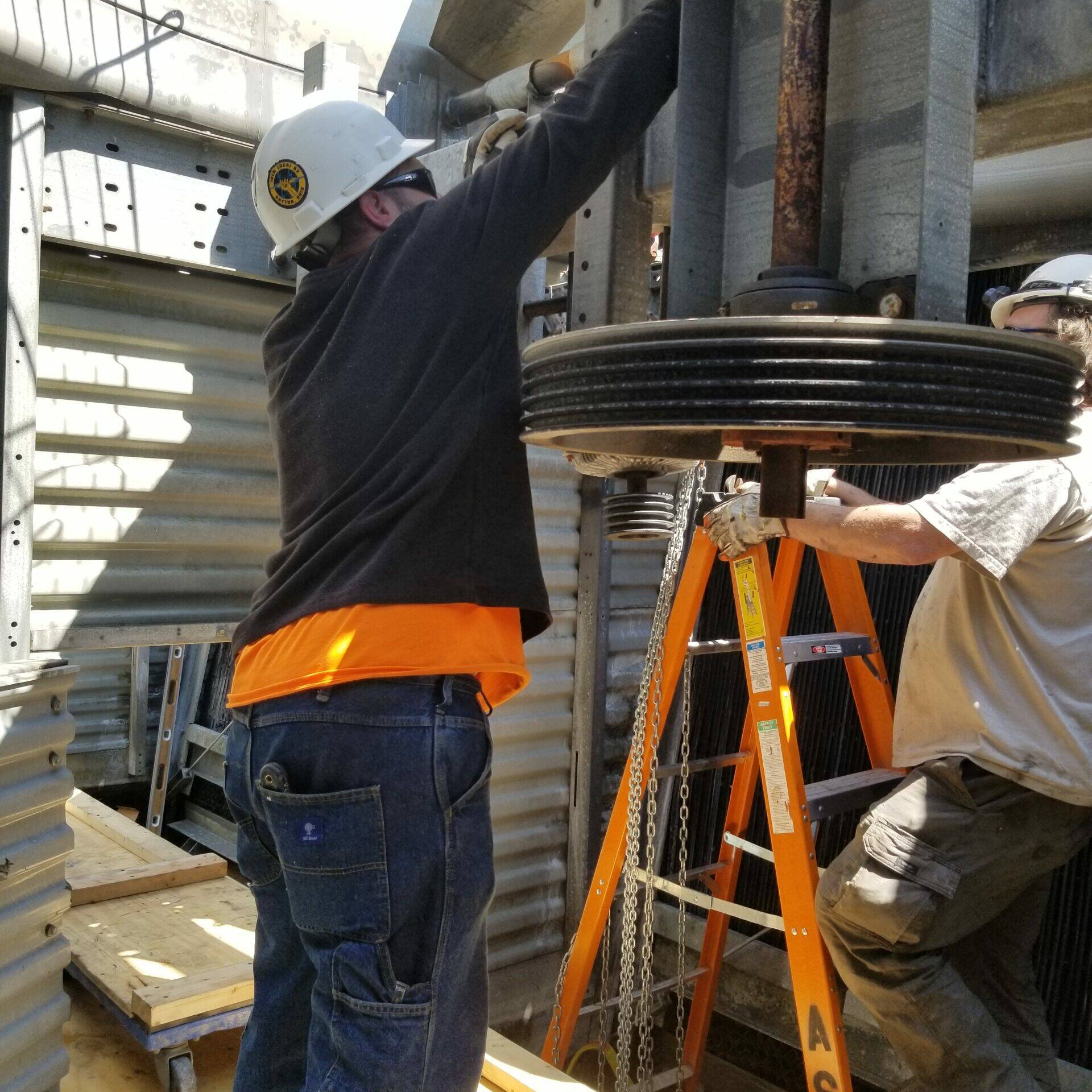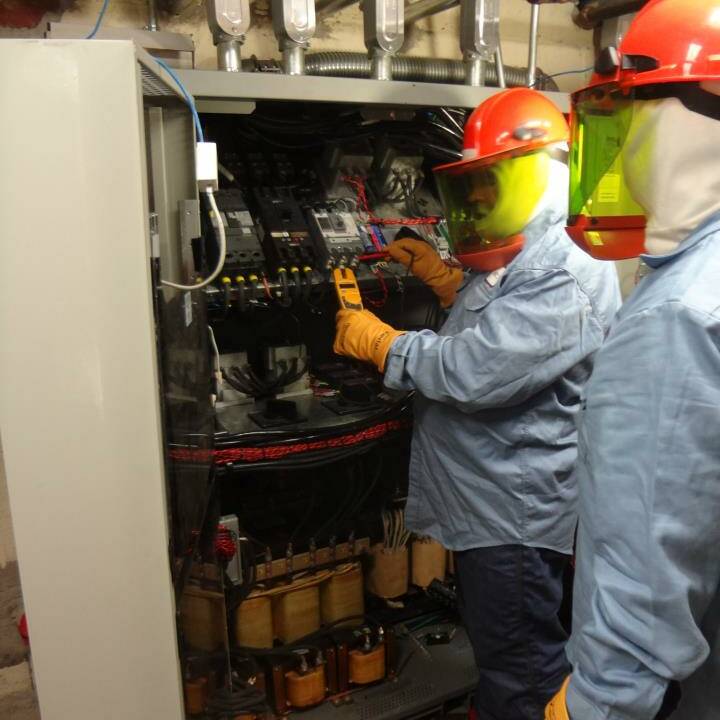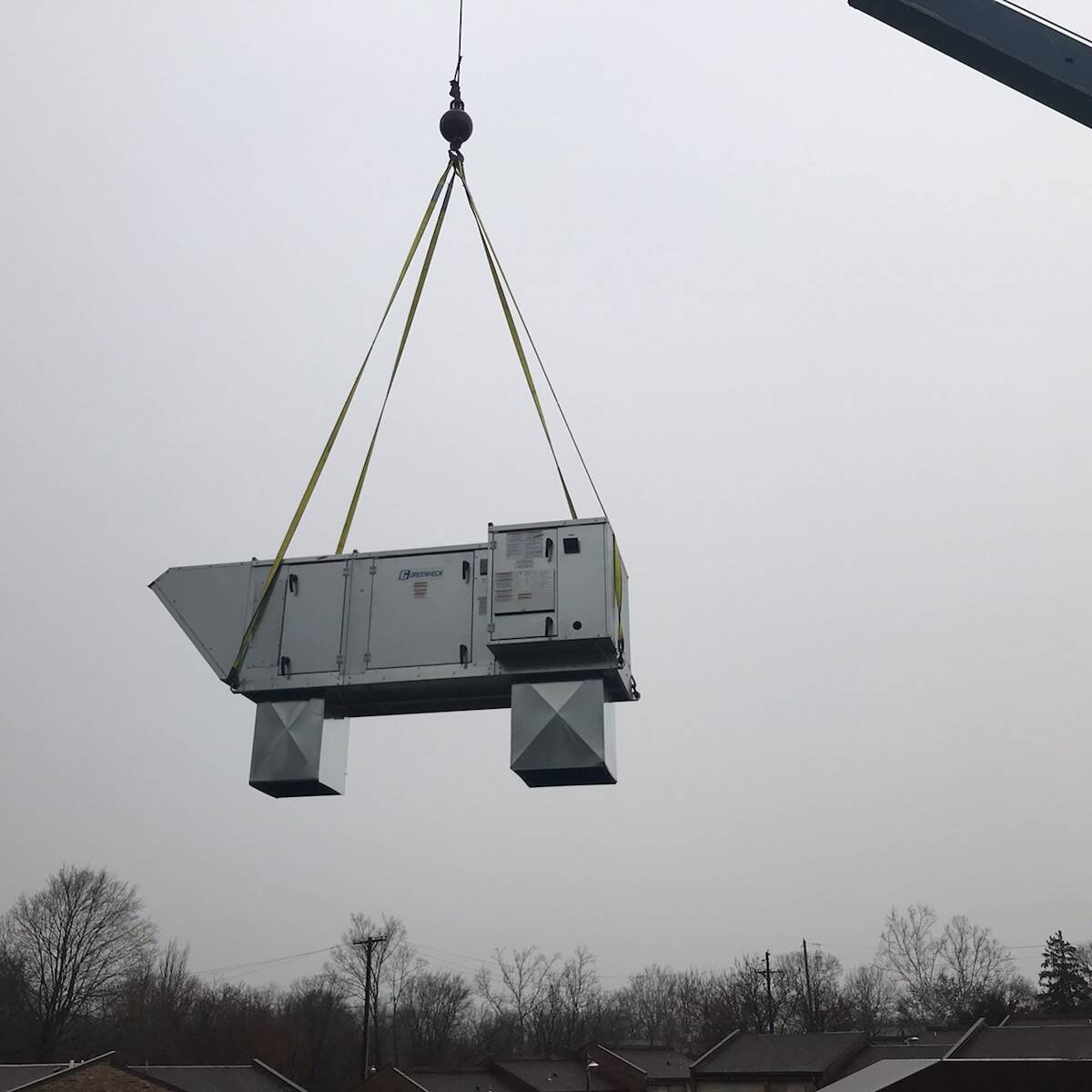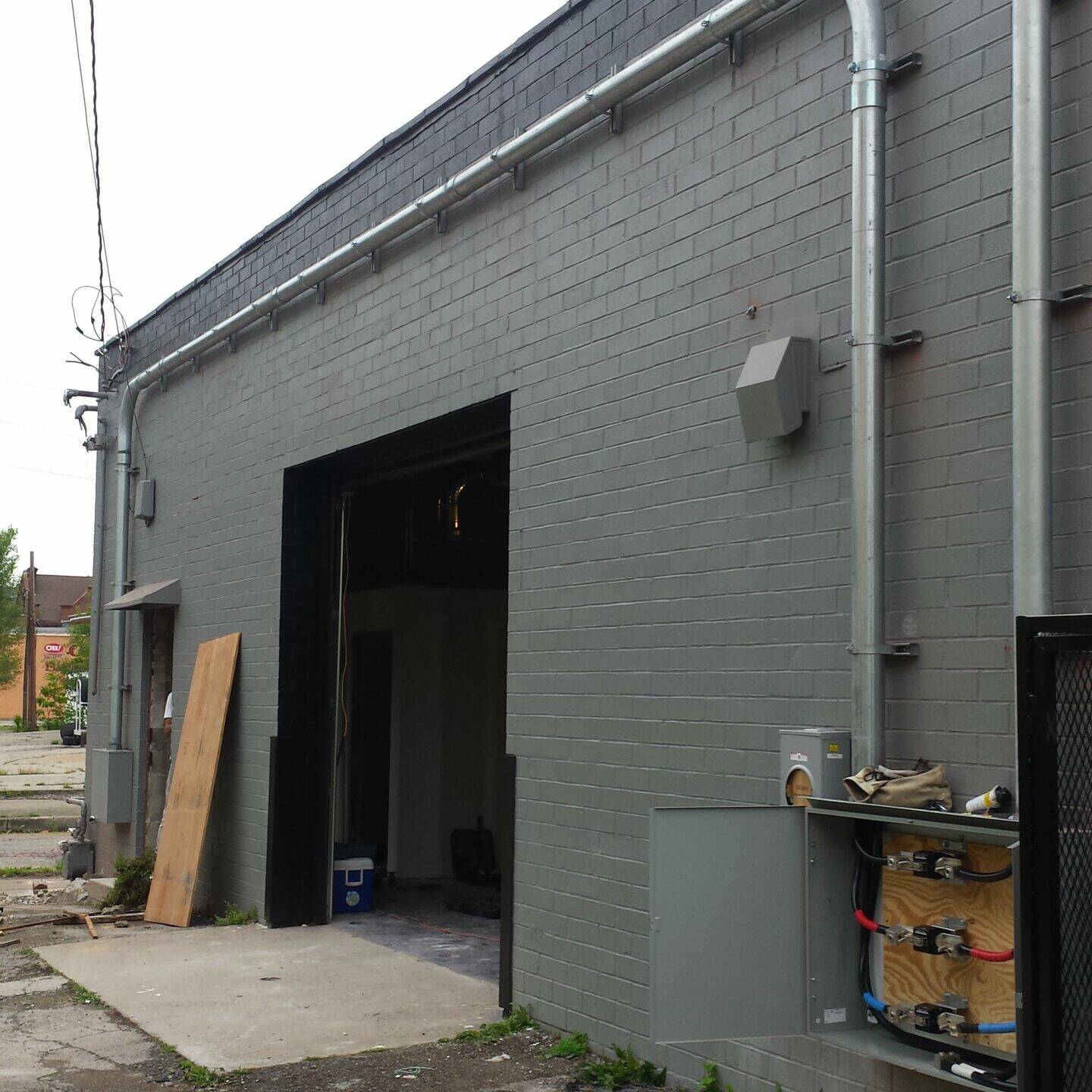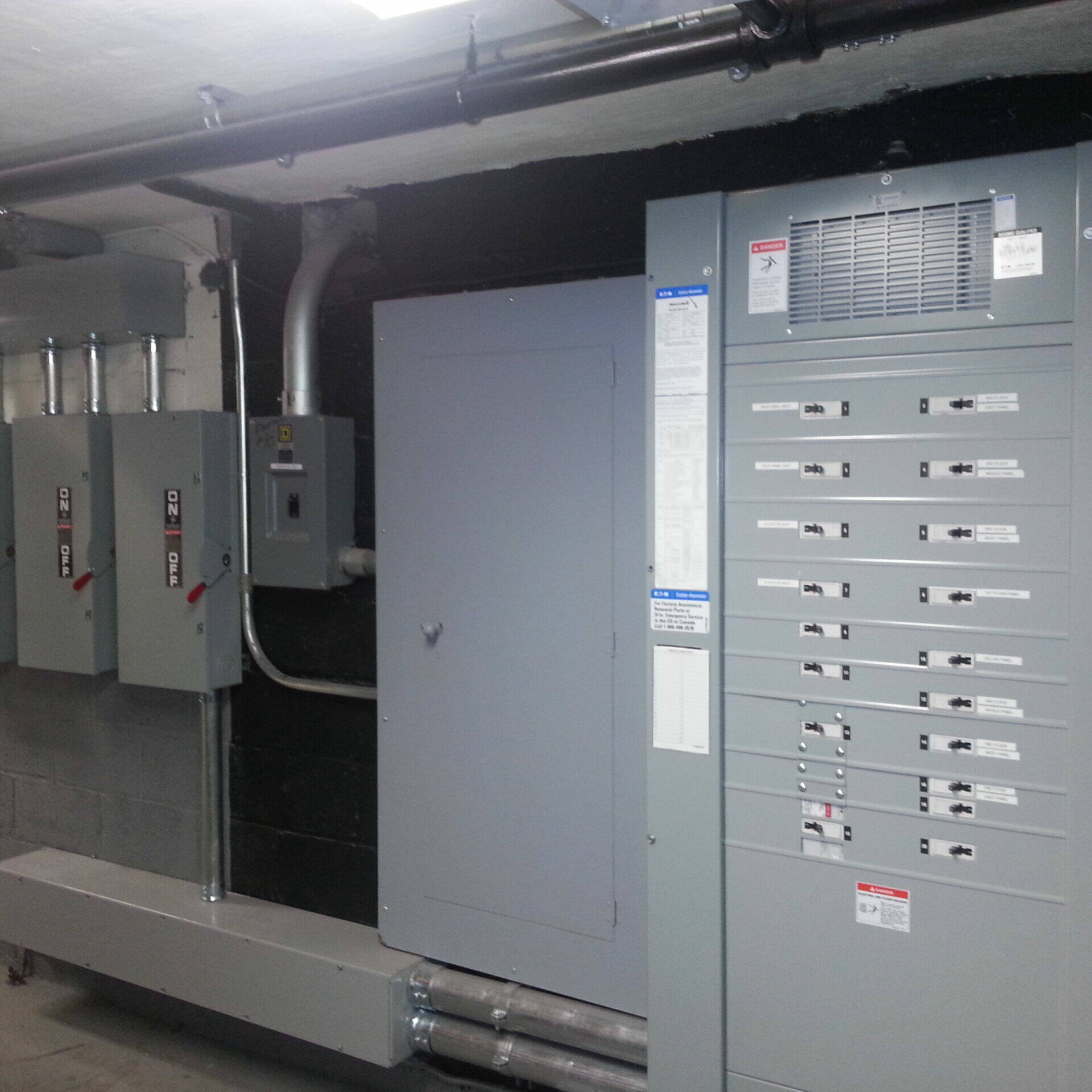FAQs
FAQs
How does solar panel work?
Solar photovoltaic (PV) panels are composed of solar cells that convert sunlight into direct current (DC) electricity. The DC electrical charge is then converted into alternating current (AC) electricity by a power inverter so that it can be used for your household electricity needs. Many cells are assembled to create a module (also called a panel), and many modules can be linked together to form a solar array.
What is a kilowatt (KW) ?
A kilowatt is a measure of electrical power that is equivalent to 1,000 watts. Kilowatts and watts both describe a rate of energy transfer; a watt is defined as one joule per second. Your electrical bill charges you for electricity in terms of kilowatt hours (kWh). One kilowatt-hour is a unit of energy that is equivalent to one kilowatt of power expended for one hour of time. For example, a hair dryer that is rated at 1,000 watts (1 kW) and operates for one hour will use one kilowatt-hour of energy.
What benefits does solar provide?
Solar is a fuel-free energy resource, which means it is an infinite and inexhaustible resource with no volatile fuel costs. Solar is also an emissions free energy resource that avoids polluting our air and water. After the up-front initial cost, solar provides immediate energy savings and greater energy stability. Solar also reduces line losses on the grid and provides energy to the grid during the daytime, when energy is most expensive and in high demand.
What are solar PV panels made of?
The majority of solar PV cells are made from crystalline silicon. Silicon is the second most common element in Earth’s crust (after oxygen) and, by mass, is the eighth most common element in the universe. In addition to crystalline silicon cells, solar panels can be made of cadmium telluride, copper indium gallium se lenide, gallium arsenide multijunction, thin film silicon, and other materials. The most com mon type of installation uses a flat-plate module which contains silicon cells encased in an encapsulant material for protection and sandwiched between a transparent glass or plastic cover and a metal, glass, or plastic backing to provide structural support. The entire module is usually encased in a metal frame.
How long do solar panels last?
Solar panels have an expected lifespan of at least 25 years (there are panels installed in the 1970s that are still generating power), and they are typically warranted for 25 years. They are generally made with tempered glass that is rated to withstand a direct vertical impact of a one-inch diameter hail stone traveling 50 miles per hour.
How much energy is used to make solar panels?
Most solar cells and modules are made of crystalline silicon, which uses wafers of purified silicon. Purifying and crystallizing silicon are the most energy-intensive parts of the manufacturing process, but other parts of the process that consume energy include cutting the silicon into wafers, processing the wafers into cells, assembling the cells into modules, encapsulating them in glass and frames, and the overhead energy used by manufacturing facilities. The PV industry generally uses “off-grade” silicon from the microelectronics industry that is then recrystallized. While producing energy with photovoltaic (PV) cells does not emit pollution or use energy resources, producing the panels themselves does consume energy, which, depending on the energy source, produces pollution and CO2 emissions. According to a 2004 National Renewable Energy Laboratory study that analyzes several different panel technologies, it takes 1 – 4 years for the energy savings accumulated by producing electricity from solar to equal the energy cost of producing the panel. Solar panels generally have life expectancies of 30 years, so 87% – 97% of the energy produced by the panels is clean energy (i.e. no pollution and/or greenhouse gas emissions). This 2004 NREL study assumes 1,700 kilo watt-hours per square meter of solar insolation.
What is the difference between an off-grid and grid-tied system?
A grid-tied system is a solar PV system connected to the utility grid, which allows homeowners to receive electricity from both the solar PV system and the utility. This type of system is made possible with a net metering arrangement with the utility (see above), which allows homeowners to receive fair credit for the electricity they produce. However, a grid-tied system will not continue to pro vide power during a utility power outage. Due to current regulations and equipment requirements, grid-tied solar PV systems are designed to shut off when any change to the in coming power source (from the utility) is detected. This is a safety measure. A grid-tied system can have power during blackouts with the use of battery backup systems. Systems with battery backups allow you to keep using electricity generated by your solar panels when the grid goes down (the electricity produced from the solar PV system is stored in the batteries, for later use). Battery backups are made up of banks of deep-cycle batters that are charged by both the panels on your roof and by the grid. Battery backups decrease the efficiency of your solar system overall because some of the power you generate must be diverted to charge and maintain the batteries. The batteries also have to be maintained and replaced periodically. The system and the batteries can be customized to cover a certain amount of electricity from key appliances it the home (i.e. refrigerator, lights, stove, etc); the system doesn’t need to be sized to cover the entirety of the home’s electricity usage (as the system is typically used for emergency back-up). However, battery backup systems are typically more costly than a standard grid-tied solar PV system. An off-grid solar system does not connect to the utility grid at all. As such, the solar PV system must be sized to cover the entirety of a homeowner’s electricity usage. Almost all off-grid systems require a backup energy source for times of high energy use or low solar production.
Can I install a battery to back up my solar system?
It is possible to have your house stay powered during blackouts, just as it is possible to take your house completely off of the grid. Systems with battery backups allow you to continue using the energy generated by your solar panels during a blackout, but they are more costly than a simpler system. Battery backups are made up of banks of deep-cycle batteries that are charged by both the panels on your roof and by the grid. Battery backups decrease the efficiency of your solar system overall because some of the power you generate must be diverted to charge and maintain the batteries. Batteries also must be maintained and replaced periodically, adding costs to
the system. They add significant complexity to the installation of the system and therefore add significant cost increases, but they are an option for those who are interested.
How will I know if solar can work for me?
Solar panels work best when they are installed facing south or west. If you have a large area of the roof that faces either south or west and does not receive significant amounts of shading, your home is probably suitable for rooftop solar panels. Fire code does mandate that there is a minimum distance between solar pan els and the edge of your roof for safety purposes, so you can not cover 100% of your roof space with solar panels. If you have a flat roof, or you do not have optimal roof space due to shading issues, you will either need to mount the solar panels on an angled rack or use a ground- or pole-mounted system located on an auxiliary structure (like a garage) or in a sunny part of your yard. If your roof is very steep, some contractors may charge an extra fee to install solar. Most buildings can accommodate rooftop solar installations, as long as you have some sunny, south- or west-facing roof space.
What solar system would work best for me?
The size of your system will depend on your current energy usage, the level of energy efficiency of your home or business, the available usable roof space, your budget and financing options, and the percentage of your energy consumption you want to offset with solar. It is recommended that you first take steps to make your home or business as efficient as possible before (or in conjunction with) making your solar investment.
How much does solar cost?
The cost of solar depends on the application, technology, size, and available residential and/or commercial incentives. Four factors that help keep solar costs low are economies of scale, competition in the marketplace, module and inverter prices (which fluctuate with supply and demand), and strong policies and programs to pro mote solar energy. The other important thing to remember is that solar is a fuel-free, clean, and inexhaustible resource that is not subject to fuel volatility, carbon risk, or limitations of fuel availability – solar provides price-stable and secure energy for decades to come.
Are financing options available for residential solar?
There are several financing options available to help homeowners defray the upfront cost of a solar installation.
What is the return on investment?
Unfortunately, this figure will vary widely is no easy answer to this question. The time it takes you to recover your investment will depend on the technology you select, your energy efficiency and usage habits, your current and future electricity rates, the system size and configuration, and available incentives. Depending on your usage and the size system you put in, you could see a return of 3-7% on your investment in the first year – a very good rate. Overall, your return on investment varies depend ing on how much electricity you use and what size system you install, however with current solar system costs, assuming you undersize your solar system and can take tax credits, most homeowners will recoup their upfront investment well before the 25-year life expectancy of the panel is reached. Solar is one of the few things consumers can purchase that does provide a financial return on their investment; imagine what the ROI would be for the car that you fill with gas every week! One of the biggest benefits of solar is the fact that it is an inexhaustible, clean, and price-stable resource that will last well over 20 years. Investing in solar today helps you mitigate future risks, fuel volatility, and uncertainty, while also improving your self-reliance and energy independence.
Contact ASIDACO to get a quote!
Vacuum Pump Repair
Vacuum Pump Power Supply Repair Services
ASIDACO services vacuum pump power supplies for different manufacturers such as Adixen, Busch Edwards, Gast, Kinney, Leybold, Oerlikon, Pfeiffer, Varian, and Welch to name a few. We work on several types of pumps such as Blowers Diaphragms, Pistons, Rotary vanes, Scrolls, Screws, and Turbo pumps reaching ultimate pressures of 1×10-9 torr. Most come with our 12-month warranty.
We repair the power supply of many different types of vacuum pumps and manufacturing:
• Claw Pumps
• Airtech
• Diaphragm Pumps.
• Anest Iwata
• ADIXEN /Alcatel
• Edwards Vaccum
• Airtech
• Gast
• Anest Iwata
• KNF Neuberger
• Edwards Vacuum
• Kinne
• Molecular Pump
• VaccuBrand
• Roots Blower Pumps.
• Varian
• Scroll Pump
• Welch
• Turbo Vacuum Pumps.
• Ion Pump
• Turbo Molecular Pumps
• Pfeiffer
Contact ASIDACO to get a quote!
EV Charging Station
ASIDACO is EVITP Certified to Install Levels 1,2 and 3 EV Charging Stations

Choosing and installing a charging station
EV charging is divided into 3 levels; level 1, level 2, and level 3. Generally speaking, the higher the charging level, the higher the power output and the faster it will charge your electric car. However, there are a few more things to consider. Before diving in deeper, it is important to understand the way EV charging stations are powered. Without getting too technical, there are two types of electrical currents important when it comes to EV charging: Alternating Current (AC) and Direct Current (DC).
Level 1 uses the standard wall outlet of 120 volts. It is the slowest charge level and requires tens of hours to fully charge a 100% electric vehicle and several hours for a plug-in hybrid.
Level 1 and Level 2 charging converts AC to DC via the vehicle’s onboard converter, Level 2 is the typical EV plug found in homes and garages. Most public charging stations are level 2. RV plugs (14-50) are also considered level 2 chargers. Roughly speaking, Level 2 charging is about 5 to 15 times faster than a level 1 charger depending on the power output and the vehicle you’re charging.
Charging for an hour with 7.4 kW will result in about 25 miles (40 kilometers) range, 11 kW in 37 miles (60 kilometers) range, and 22 kW in 75 miles (120 kilometers) range. These calculations are approximations based on the average battery consumption of 18kWh per 62 miles (100 kilometers). Actual power consumption depends on the vehicle, battery size, and vehicle conditions.
Level 3 charging supplies the battery with DC power directly. This is because the conversion of AC to DC charging happens outside the vehicle and in the charging station itself. Level 3 charging (also called DC charging or fast charging) cuts out the time-consuming conversion process and feeds the EV battery with the power it needs directly. Level 3 charging (DC) is significantly faster than level 2 charging stations. Depending on the vehicle and power output of the level 3 charger it can take between 15 minutes to an hour to charge most electric cars—making it quick and easy to charge on the go. Because the power output needed for level 3 charging is a lot higher than for level 2 charging stations, they’re far more suited to commercial businesses like gas stations and you typically don’t see level 3 chargers installed at homes or office spaces. These charging stations are the quickest way to charge a vehicle. Note that not every EV can charge at level 3 chargers. For fast charging, the CHAdeMO and SAE Combo (also called CCS for “Combo Charging System”) are the most used connectors by electric car manufacturers.
Let ASIDACO select the Right Level of Public charging for Your Electric Car
First of all, we recommend you avoid level 1 charging stations. They are too slow and are not adapted to EV drivers’ needs when they’re traveling. If you want to charge in the fastest way possible, you should use a level 3 charger, as these charging stations will provide a lot of range to your EV in a short amount of time. However, charging at a DCFC station is only effective if your battery’s state of charge (SOC) is below 80%. After that point, charging will slow down significantly. Therefore, once you reach 80% of charging, you should plug your car into a level 2 charger, since the last 20% of charging is as fast with a level 2 station as a level 3, but it is way cheaper. You can also continue your journey and charge your EV back to 80% at the next level 3 charger you meet on the road. If time is not a constraint and you’re planning to stop several hours at a charger, you should opt for a level 2 which is slower but less expensive.
We are here to help you. Please contact us for a free consultation.

Contact ASIDACO to get a quote!
Solar Services
Solar Services
Our Mission to our Solar Energy clients is to provide an economic means of an effective self-sustaining eco-friendly energy solution at an affordable price.
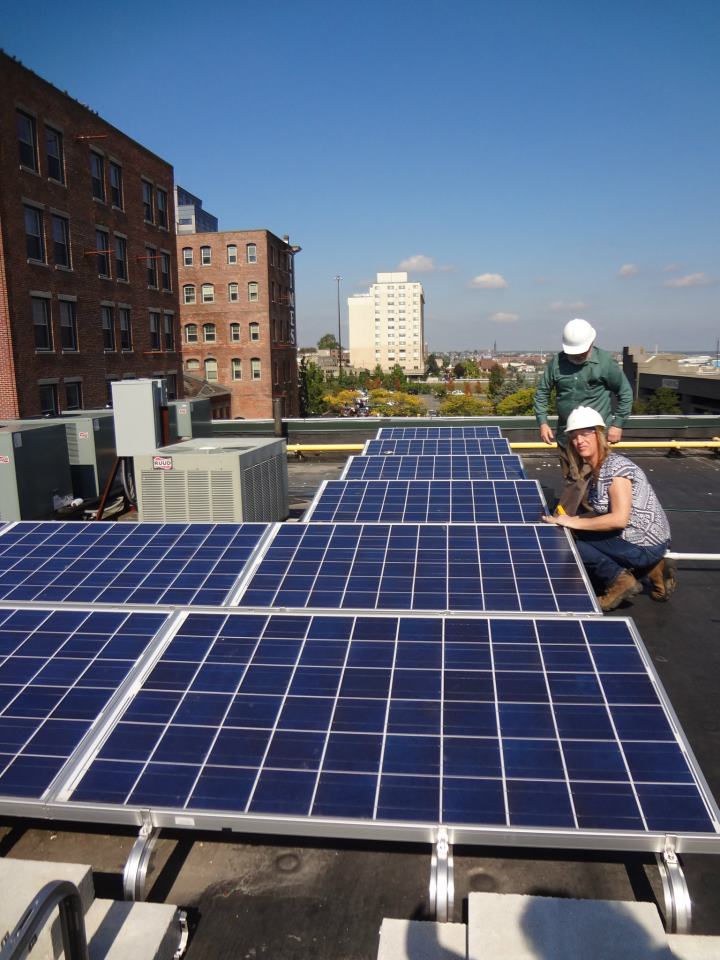
What To Expect During Solar Panel Installation
In general, the process takes several steps and visits along the way, particularly depending on your city and state permitting process. However, the actual solar panel installation process usually takes only a day or two. Our team streamlines the permitting process as much as possible to make sure your installation is quick, easy and efficient.
During your consultation, one of our field energy consultants will evaluate of your roof, its size, and its geographical orientation
Shortly after you’ve signed your solar contract, a structural engineer will evaluate your home’s roof to affirm that it can support solar panels and our solar system design team will design a solar configuration for your approval.
Our solar personnel will take the lead on handling the paperwork and permits, etc. required for the solar panel system installation on your home or business with your help. You will have to sign, but they will submit the documents to the appropriate local agencies and utility companies for approval. This process may take a couple of days, weeks, or months, depending on where you live and your utility provider. Once approved by the utility an interconnection agreement will be sent by the utility company for you to sign.
First, the installers will locate the electrical panels and attic access for your home and set up work areas. They may move some equipment or furniture to clear a path to the necessary work areas. They also take steps to care for your floors in their temporary work areas.
Their first priority is to prevent damage to your home and your personal belongings during the solar installation process. Then they will set up scaffolding and/or ladders to access the roof. City codes often require the use of safety ropes to ensure the safety of the solar installation team.
Your solar power installer will arrive on the scheduled day to install your solar panels. Since solar panel installation is not a one-person job, you’ll have a team – generally three to four crew members – who will help with the installation. After reviewing your site plan and installation specifications, they will unload and inspect the solar panels and any electrical equipment to make sure nothing was damaged during shipping.
The installers will mount metal rails on your rooftop that are attached to the structure with special mounting bolts or screws to give your solar panels a solid foundation. These screws will penetrate the roof, but don’t worry. Your installer will take care to seal any applicable holes as part of the installation job.
As your solar panels are being mounted on your roof, other crew members will start installing the electrical components of your system. These include the inverter and the conduit and wiring required to connect your panels to your home’s electrical system. Lastly, if applicable the crew members will install the batteries and connect them so that they provide you with backup power during an outage or when conditions are not right for solar power production.
The last step in solar panel installation is when the crew members secure the panels to the metal rails and connect the electrical conduits from your electrical panel and the inverter. They’ll also test the system and make final adjustments.
Once the installation is completed, your installer will perform a final inspection of the system, including the mounting hardware, to make sure everything was installed properly. This also includes verifying that all roof penetrations were properly sealed to maintain the integrity of your roof. Then the team will remove any evidence of installation from your property with a full cleanup job.
During the next few weeks, your local building department and the city or county will complete a final inspection to confirm that the solar energy system was installed correctly. Once your system passes this inspection, the utility company will put you on their schedule to install the net meter and connect your solar power system to the utility’s main power grid. Then you can sit back and enjoy the benefits of cleaner, cheaper and more sustainable solar electricity in your home.
Key Takeaways
Solar energy is more affordable and accessible than ever, as demand for renewable energy options increases.
Our solar panel systems are customized to each home’s unique energy needs, so sizing and costs may vary slightly between homeowners.
Factors that may impact the size and cost of your solar system include your home’s location and climate conditions, your rooftop’s access to direct sunlight, your current energy consumption and more.
The average cost of a solar system differs from property to property because homes and businesses consume power differently. Your solar panel price will depend on your current energy consumption, the direction your home faces and the amount of sunlight your roof receives, to name a few. In other words, solar is not a one-size-fits-all option.
For example, the average-sized solar panel installation may be approximately 6,000 watts, but that number will depend on the amount of your energy bill you want to offset with your panels. If you live in the same size house as your neighbor but consume more energy than him/her each month, you may need a higher-wattage solar system to see the same amount of savings.
Solar energy is not a one-size-fits-all solution. At ASIDACO, we design your solar panel system based on your routine and energy goals. This means solar system costs may vary between homeowners. To determine the right system for your home, our solar experts will take the following factors and more into account:
1. Your Home Size and Location
2. Your Current Energy Consumption
3. Your Roof’s Access to Direct Sunlight
4. Your Home Appliances Requiring Power
5. Your Ideal Electric Bill
Advances in solar technology have made today’s solar panels high performing and more efficient than ever, requiring less roof space to generate significant solar production. With such premium solar panels, your solar installation may be more affordable.
The most efficient solar panels on the market have efficiency ratings of nearly 23 percent. That doesn’t sound like much, but it is more than enough to meet your energy needs. Here’s how an efficient solar system could potentially reduce your energy costs in the long-term. Consider that the typical home gets an annual average of 4-5 hours of peak sunlight per day. Each square meter of solar panels is thus exposed to 4-5 kWh of solar energy a day. With 20% efficiency, each square meter captures, converts, and delivers 0.8 to 1 kWh of energy to your house.
A typical home in the U.S. uses about 30kWh of electricity each day, so 30-38 square meters of panels would be needed to generate enough energy for this ideal home. This works out to about 300-400 square feet, which is about one-fourth of the size of an average roof. These newest, most efficient solar panels require less roof space to generate energy, so your solar panel installation cost could go down.
At ASIDACO, our experts will work with you to determine the solar panel system that best meets your energy needs and goals. Learn more about how we develop our custom, high-performing solar systems.
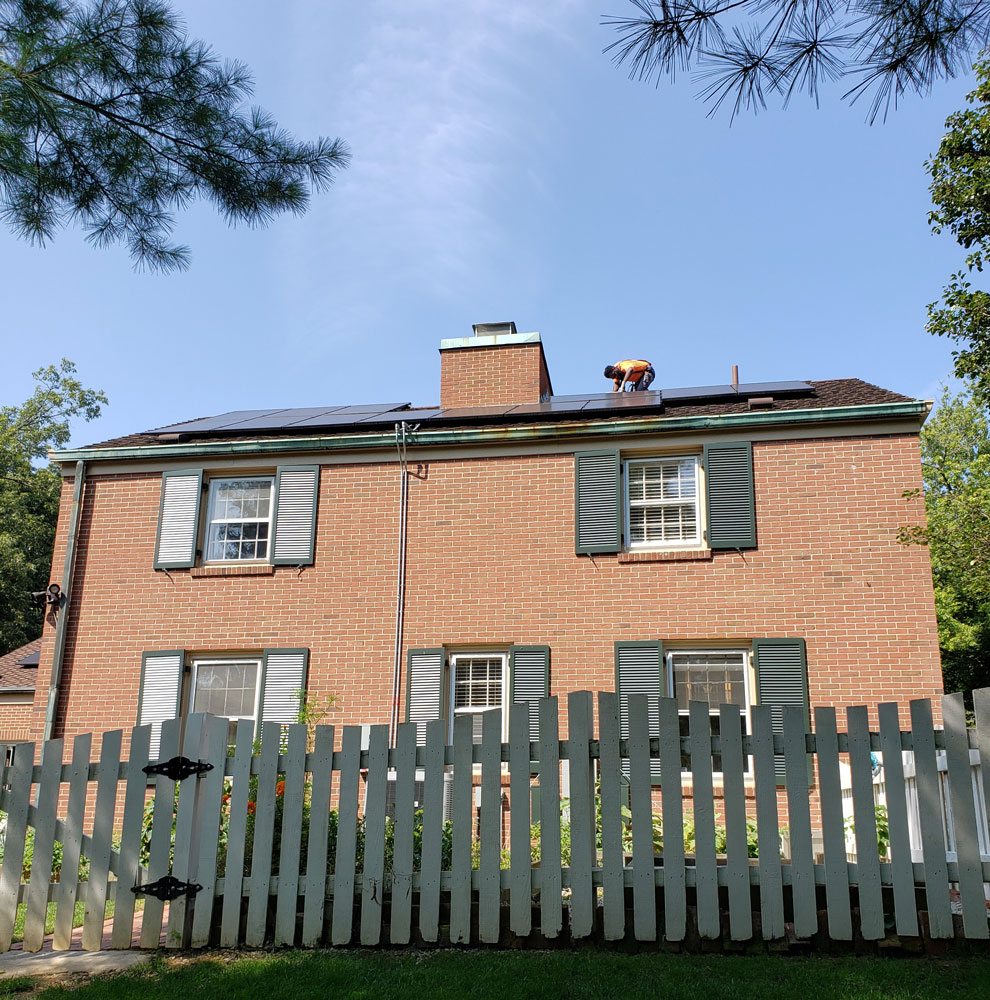
Contact ASIDACO to get a quote!
Construction Services and Management
Construction Services and Management
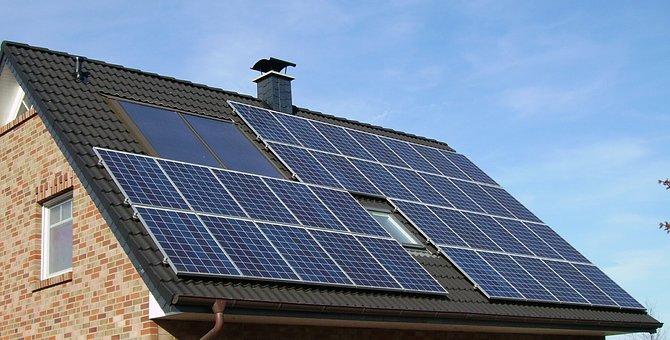
ASIDACO assembles project teams with extensive experience in the areas of planning, design, bidding, construction, and closeout for small commercial projects. Implementing our construction management services starts with a phone call. By using ASIDACO we are ensuring that all of our team members have the necessary qualifications, experience, and training to meet and exceed general construction requirements—providing construction management and construction staff that best matches the scope of your project.
ASIDACO will help guide you (the owner) and supply services as needed for smaller commercial projects.
What is Construction Management?
Construction management is a professional service that provides a project’s owner(s) with effective management of the project’s schedule, cost, quality, safety, scope, and function. Construction management is compatible with all project delivery methods. No matter the setting, a Construction Manager’s (CMs) responsibility is to the owner and to a successful project.
At its core, a capital project is made up of three parties (excluding the CM):
The owner, who commissions the project and either funds the project directly or finances it through a variety of methods.
The architect/engineer, who designs the project.
The general contractor, who oversees day-to-day operations and manages subcontractors.


The CM represents the owner’s interest and provides oversight over the entire project directly for the owner. His/her mandate is to work with all parties to deliver the project on time, at or under budget, and to the owner’s expected standard of quality, scope, and function.
CMs work with the owner, architect, general contractor, and other stakeholders to determine the best possible sequence of construction operations and develop a detailed schedule and budget, while also establishing plans for project safety and security and helping the owner manage risk. This requires using project management information systems (PMISs) and complex planning techniques, like critical path method, as well as knowledge of construction methods.
ASIDACO Construction Management Activities
Review of Contract Documents
Coordination Meetings with Stakeholders
Bid Review and Award
Pre-Construction Meetings
Submittal Processing
Quality Assurance/Quality Control (QA/QC)
Safety
Request for Information (RFI) Management
Material Inspection
Material Testing
Pre-Activity Meetings
Daily Inspection & Reporting
Weekly Progress Meetings
Change Management
Schedule Management
Progress Payments & Certified Payrolls
Punch List
Commissioning Services
Project Closeout
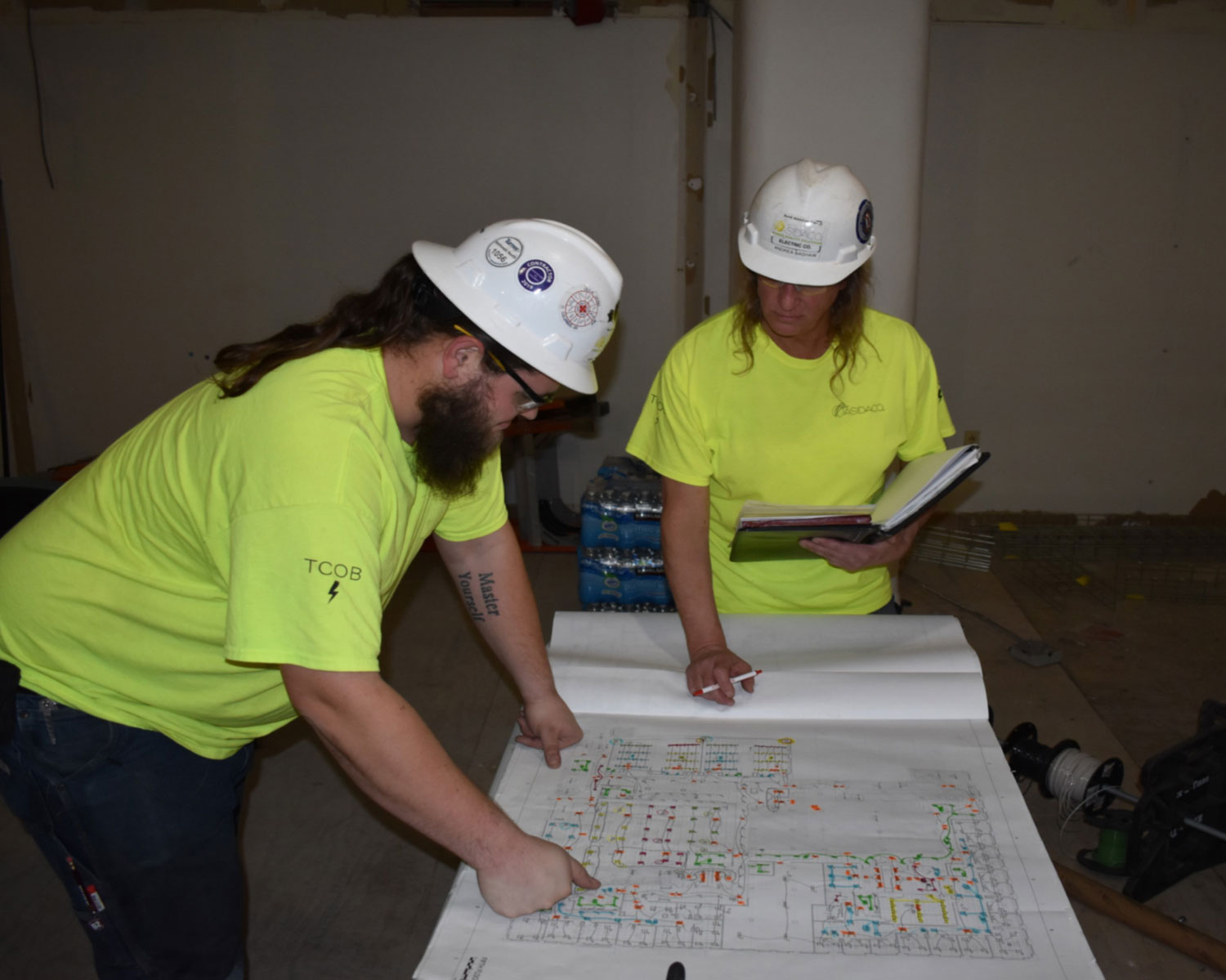
Contact ASIDACO to get a quote!
Electrical Services
Electrical Services
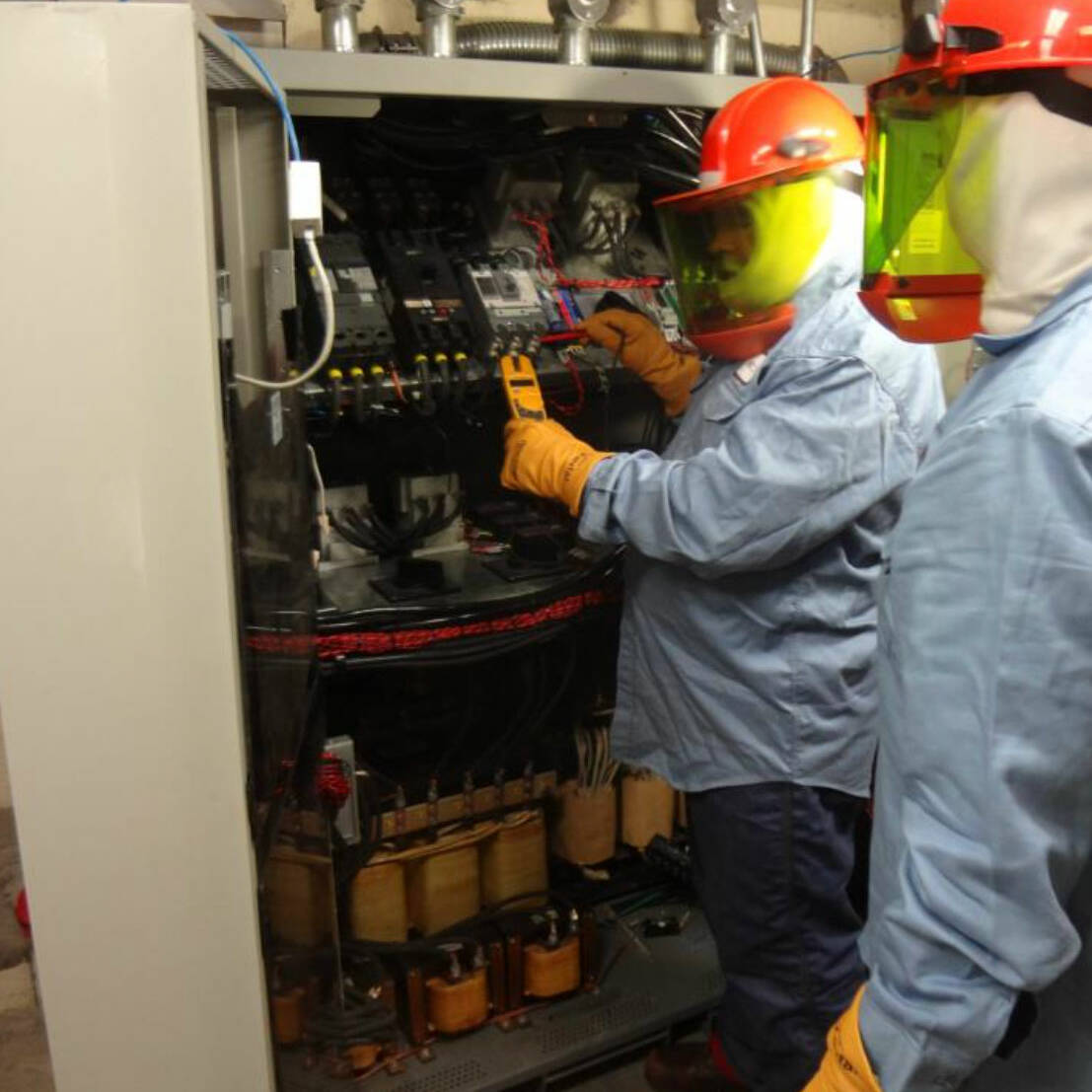
At ASIDACO, our electrical team is comprised of electrical technicians and engineers. We help you with design and build during the new construction phase as well as providing assistance with renovation and remodeling. Ensuring your electrical system is safe and efficient is our top priority. Our team is dedicated to your safety and ensuring electrical are an intricate part of the planning process. From wiring to lighting fixtures, our team is here to provide you with highest quality workmanship.
For more information visit ASIDACO Electric at ASIDACO-Electric.com
Our client services are: engineered drawings and pre-construction management, electrical services ranging from repair to construction, back-up power, power quality, utility integration consulting and construction, solar power installations, energy storage and power conditioning solutions, electric vehicle charging stations, solar and wind energy site assessment, site development, management and construction.

Contact ASIDACO to get a quote!
Careers
Careers
We are looking for hardworking, energetic, and green-minded individuals to work alongside us as we meet the growing demand for solar energy.
Join our Team to help drive positive economic growth and environmental change while taking your career to the next level.

Solar Sales Representative
Dayton, Ohio and San Diego California
ASIDACO LLC is looking for leaders at every level. We can help the most experienced reps find a platform that lets them plug in and use their closing skills right away as well as positions designed for people with no prior solar experience or even sales experience that also offer an excellent potential, regardless of prior skill level.
There is no experience required! We will train you to succeed.
What’s In It for You
Work schedule flexibility.
A call center generating leads and hefty bonuses for all self-generated leads.
Support team to help ensure your success.
No cap on earnings.
Become a specialist in renewable energy.
Network and look for opportunities for engagement to build a client base.
Educate potential and existing customers on ASIDACO’s clean energy solutions and ways to save money.
Confidently discuss options and close contracts.
Participate in company led events to generate sale.
What You’ll Need
A current, valid driver’s license and reliable transportation to and from work.
A cell phone (preferably a smartphone).
Ability to pass a background check. No Drug screens
A customer-centric, friendly, and self-motivated attitude.
Excellent communication skills both written and orally, with customers and office staff.
Job Type: Full-time
Salary and Commission: $31,200 – $150,000.00 per year
History
ASIDACO History
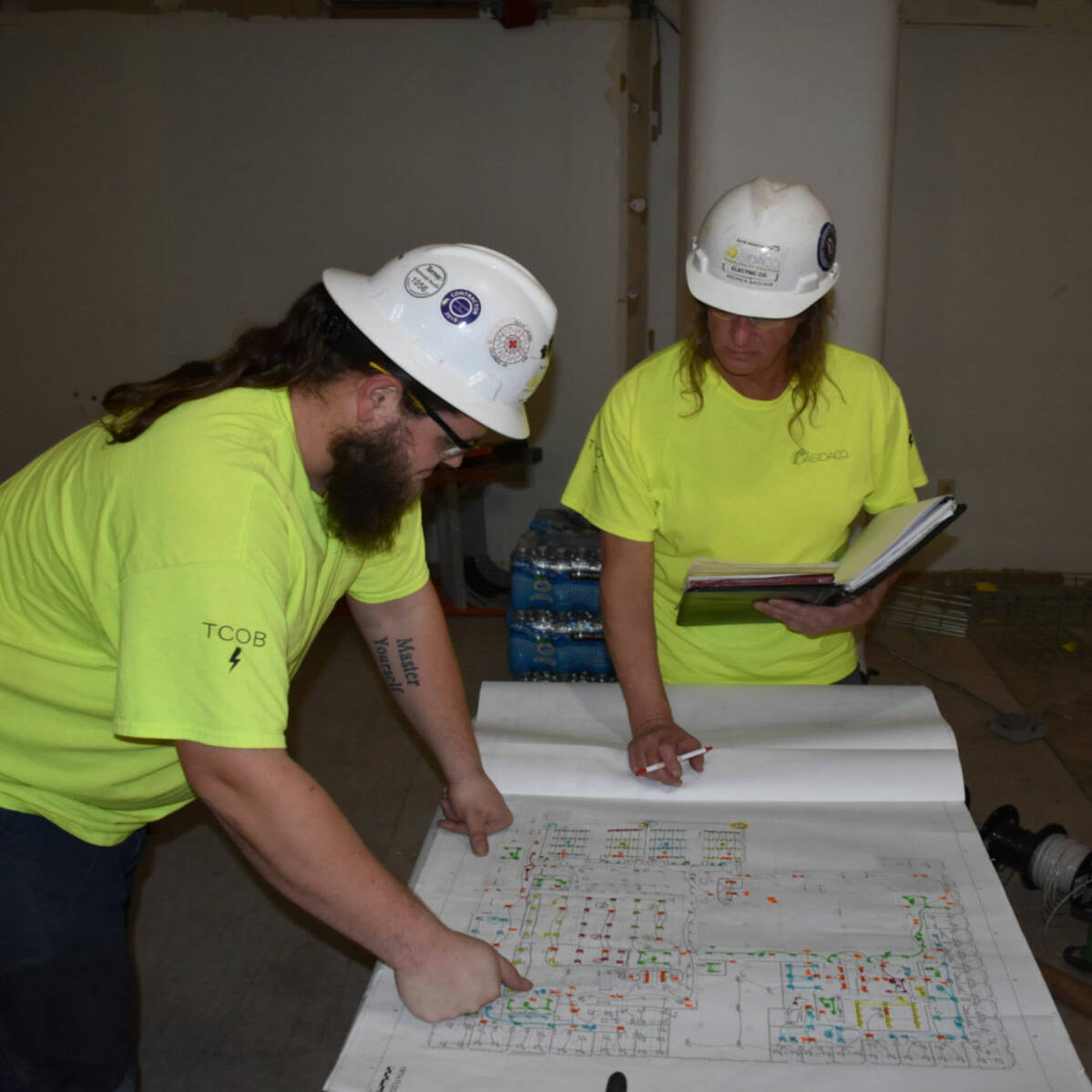
ASIDACO was legally registered on September 24 2008. ASIDACO llc is a nationally recognized company headquartered in Dayton Ohio has operations in Massachusetts and California. Based on ideas, meetings and accomplishments started in 2004. The founder is passionate about Alternative ways to produce energy, principles in science, design, and construction, and the progression of these forward in industry. Her passion for technology, humanity, and social well-being has been a prime motivation to found ASIDACO. The business has been founded with intent to perform at the highest integrity and levels in order to achieve the completion of projects that serve the end user successfully. Andrea Bashaw has founded ASIDACO with the vision of achieving success as a leader in the energy and sustainable community services arena. The business plan encompasses technological design, manufacturing, construction, and system operations with a focus on energy production, distribution, and integration services.
Presently ASIDACO acts as an ‘Owners Representative’ consultant for project development. We are a visionary and knowledge-based venture, incorporating a broad spectrum of expertise aimed toward workable and sustainable energy and design solutions for both client and environment.
Our Founder
Andrea Bashaw, the founder of ASIDACO is passionate about alternative ways to produce energy, principles in science, design, and construction, and the progression of these in industry. This passion for technology, humanity, and social well-being has been a prime motivation for founding ASIDACO, LLC. She understands the importance of focusing on problems one step at a time in order to solve them. She is highly skilled at managing people, electrical problem assessment, design, development, construction, and commissioning of electrical and energy projects.
During her tenure at ASIDACO, she has directed the engineering efforts for the design and construction control of several large solar energy projects and their integration to the electrical grid as well as standard electrical construction projects. She has given presentations concerning the need for power quality and voltage control as it relates to renewable energy and connection of it to the utility grid or on a local buildings distribution system while leading day to day operations of the facility. Andrea entered the ASIDACO team and one of her product designs into the prestigious ‘MASS Challenge’, known around the world as a contest for growing companies and new innovative products. Although ASIDACO scored high in several areas with very positive comments from the judges the company did not win the competition. Despite this, Andrea has continued to progress product ideas and project designs forward toward eventual successful outcomes.
Prior to launching ASIDACO, Andrea spent five years as an Electrical Design and Commissioning Engineer with Sebesta Blomberg (acquired since then by ‘N/V/5’), a globally recognized provider of full-service engineering and design services. During her tenure she led or participated in the electrical design development of multiple large -scale construction, energy projects, and electrical equipment facility assessments while providing in-depth electrical project commissioning expertise for several projects across New England. Her project history while at this company included design and construction of utility infrastructures and substations, medium voltage distribution, electrical distribution in high rise buildings and hospitals, commissioning and energy studies of ‘Solar PV’ and ‘Wind Turbine’. She gained a reputation for her integrity and exceeding expected results.
Her first accomplishment in her professional career was development of a facility that incorporated sustainable design initiatives. This project included development of a small distributed power plant while at the same time utilizing and rebuilding voltage stabilization components for that system at the facility.
She managed the facility’s operation and maintenance for 16 years post-construction.
Andrea started her electrical career straight out of high school by enrolling in night school toward an electrical engineering technology degree while working full time during the day in the construction industry and eventually electrical construction.
Andrea deployed her services and electrical capabilities while serving in the electrical industry as an IBEW member with the classification of an ‘Inside Wireman’ journeyperson, and still carries that membership today.





